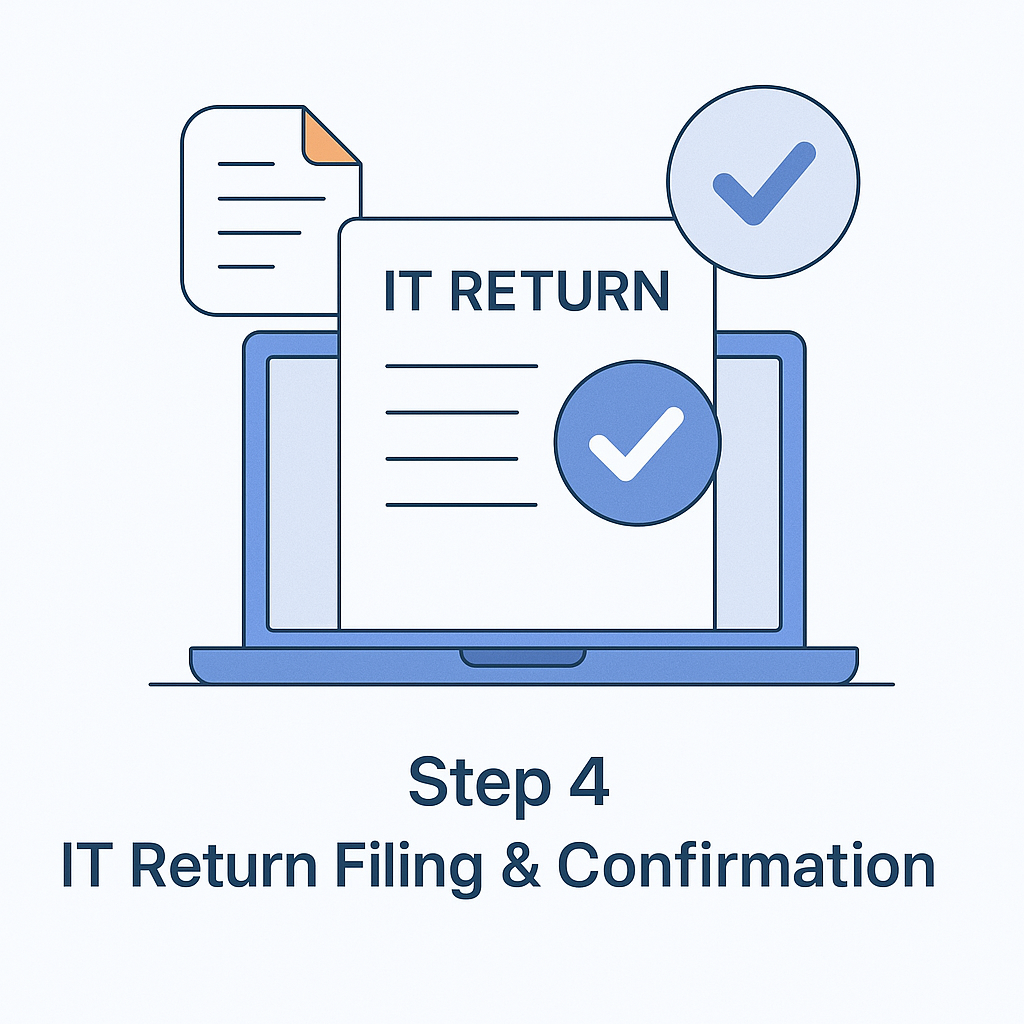Need and Purpose of GST in India
GST or Goods and Services Tax in India was ruled out on 1st July 2017, GST brought some humongous changes in the taxation. Here are some of the integral things about GST.

Which taxes will GST replace?
GST brought an end to the following taxes in India: -
- Central Excise Duty (Central Excise Fee)
- Taxes on advertisements
- Excise Duty
- Additional Duties of Excise (on textile and textile products)
- Additional Customs Duty (CVD)
- Special Edition Duty of Customs (SAD)
- Service Tax
- Surcharge and Cess related to the supply of commodities and services
- State VAT
- Central Sales Tax
- Purchase Taxes
- Luxury Taxes
- Entry tax
- Entertainment Tax (not implemented by local governments)
- Central Excise Duty (Central Excise Fee)
- Taxes on lotteries
- Betting and gambling
- State Cess and Surcharge
How is GST applied?
GST is applied on the Goods and Services taking place across the nation. There are certain rates at which GST is applied on the Goods and Services. 5%, 12%, 18% and 28% are various rates of GST in India.
What is the main purpose of GST in India?
The main purpose of GST in India was to replace all the indirect taxes levied by the Central and State Government and bring all of them under one umbrella.
Why is GST needed?
GST was a much-needed implementation, which in turn unified various indirect taxes levied on goods and services as well as made them one. GST was needed in the Indian Taxation System, in order to add value at each stage and has set off the rates both at state and at central level.
What is GST Number?
Goods and Services Tax Identification Number (GSTIN) or GST Number is a unique identifier assigned to a business or person registered under the GST Act. GSTIN is utilized by tax authorities to maintain records of GST dues and payments for those who are registered under the GST Act. GST Number has replaced the earlier taxpayer identification systems such as the Tax Identification Number or TIN which was used by state taxation authorities to track state tax records such as VAT.







